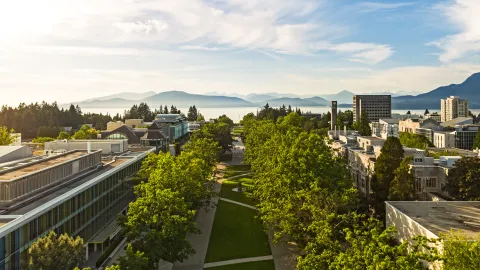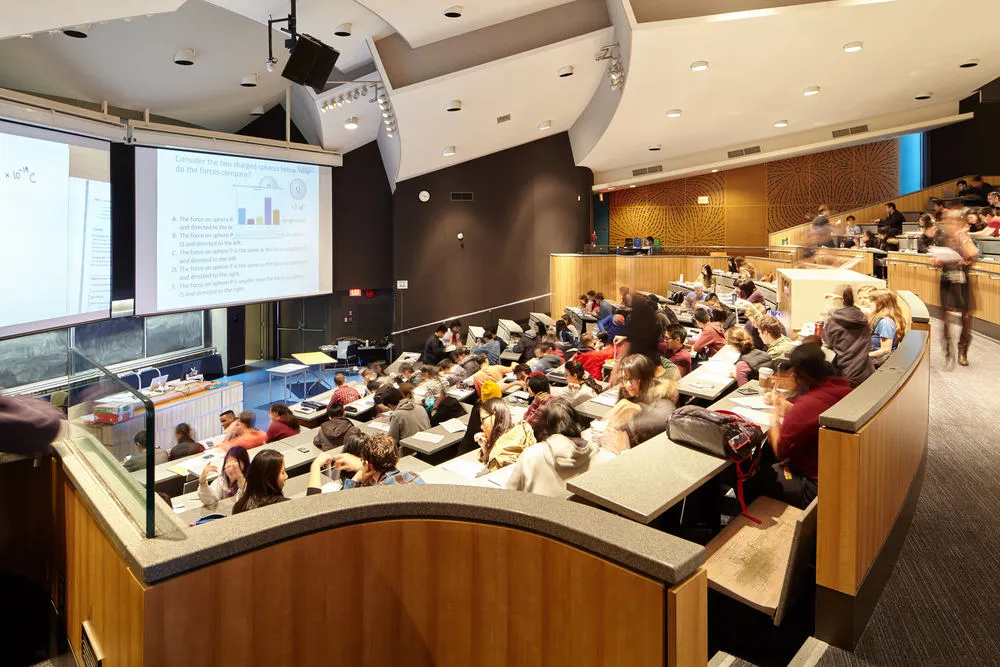
Both offer an outstanding education in engineering, with the main differences being the size of campus and program options. Learn more about the unique aspects of UBC Vancouver and UBC Okanagan and which could be the best option for you!
Setting you up for success in first year
First-year students at both campuses take a foundation year program. You’ll study physics, chemistry, math, and English, as well as two engineering courses introducing you to design thinking and engineering concepts. These two courses are often a highlight for students, who say that the group design projects enabled them to integrate and apply their knowledge and come up with innovative solutions to real-world challenges.
Learning the skills you need to succeed
Learning outcomes are the same for the four programs that are offered at both locations.
Read more about how studying engineering can set you up for success.

A difference of size
The main difference between the two locations is size. UBC Vancouver is home to 70,000 students while UBC Okanagan has 9,000. There are around 1,000 first-year engineering students in Vancouver compared to 300 in the Okanagan.
This leads to a different campus environment. UBC Okanagan feels more intimate and it might be easier to get to know your classmates. However, at both campuses, a focus on group projects and the encouragement to create study groups means you’ll quickly connect with classmates.
Class sizes are actually hard to predict. Lectures for many first- and second-year courses will be large on both campuses (with your tutorial groups and labs being smaller). Depending on the program and course, you could be in classes with 20 or fewer people on both campuses, although this is the exception rather than the rule.
Applying for admission to UBC Engineering
When applying to UBC, you list a first and second choice for the degree you want to pursue and the campus you want to study at.
If your heart is set on engineering, we recommend that you list Bachelor of Applied Science (Engineering) as your program choice for both options and then list your first and second choice as UBC Vancouver or UBC Okanagan. You should plan to start your studies at the campus you want to graduate from. Only a handful of students are accepted to transfer within engineering from UBC Okanagan to UBC Vancouver each year.
If your desire to study at a specific campus is more important to you than your choice of degree, you could list a different degree option as your second choice. So you might list “Bachelor of Applied Science (Engineering) – UBC Vancouver” as your first choice and “Bachelor of Science – UBC Vancouver” as your second choice. Keep in mind that if you don’t get into your first choice of engineering, it can be difficult to transfer into engineering in second year from another program.
No matter which campus you choose, to be accepted into the Bachelor of Applied Science (Engineering), you must meet the entry requirements.
However, given the number of students who list the UBC Vancouver campus as their first choice for engineering, it is more competitive to get into UBC Vancouver and you’ll likely need a higher GPA than you would to be offered a place at UBC Okanagan. Find out how to apply to UBC Engineering.









